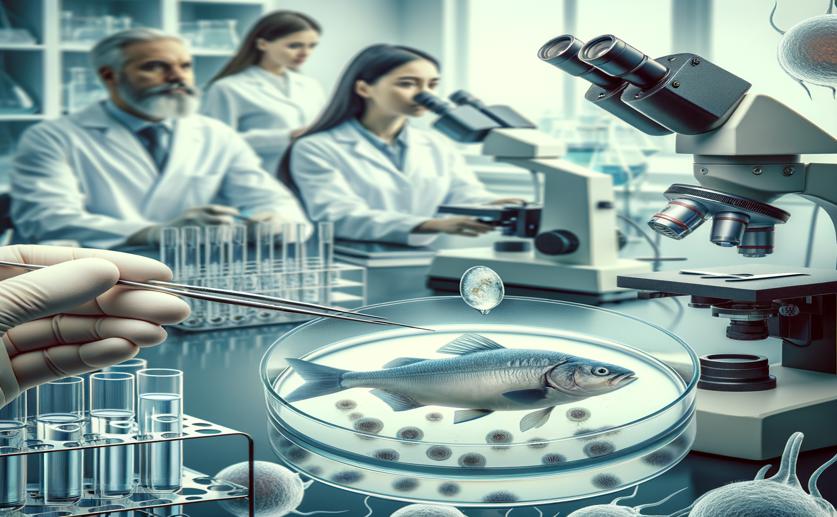
How Freezing Fish Sperm Uncovers Dad's Gene Effects
Jim Crocker
18th March, 2024

Image Source: Natural Science News, 2024
Key Findings
- In a study with Eurasian perch, cryopreserved sperm led to offspring with higher final weight
- Cryopreservation upregulated genes in offspring that improved their eyesight
- Better eyesight from these genes likely helped the offspring forage more efficiently
References
Main Study
1) Paternal-effect-genes revealed through sperm cryopreservation in Perca fluviatilis.
Published 16th March, 2024
https://doi.org/10.1038/s41598-024-56971-w
Related Studies
2) Cryopreservation effect on DNA methylation profile in rainbow trout spermatozoa.
3) Transcriptome Analysis Reveals Key Gene Expression Changes in Blue Catfish Sperm in Response to Cryopreservation.
4) Ovarian transcriptome analysis of diploid and triploid rainbow trout revealed new pathways related to gonadal development and fertility.
5) Expression Atlas update: gene and protein expression in multiple species.



 11th March, 2024 | Jenn Hoskins
11th March, 2024 | Jenn Hoskins